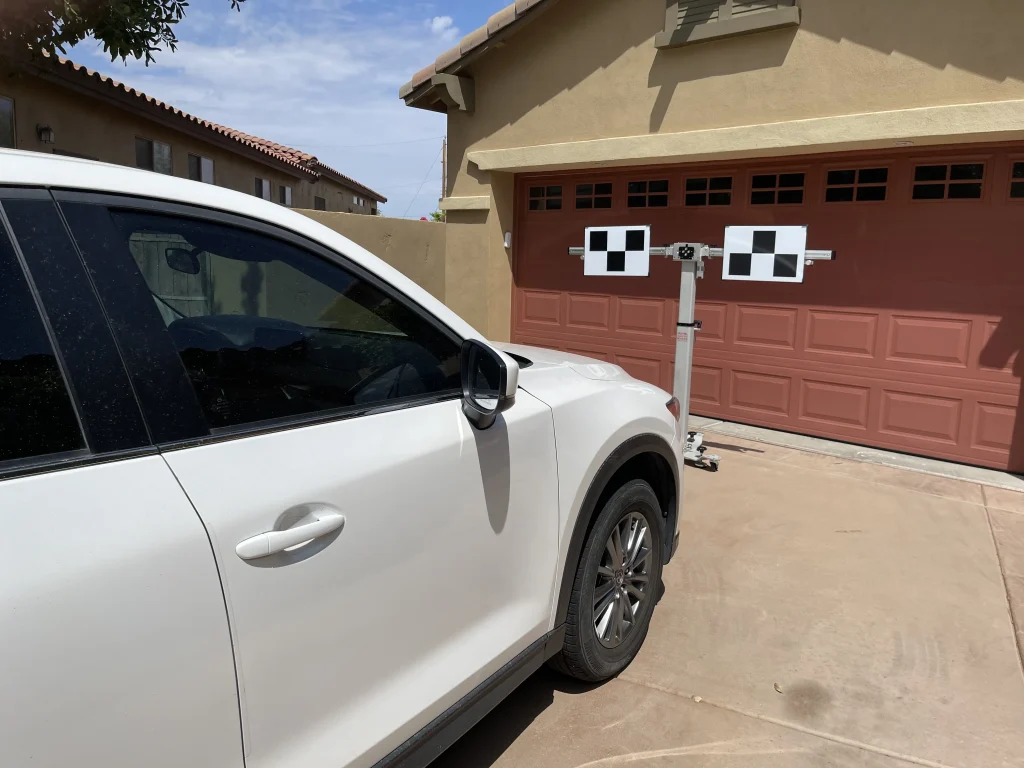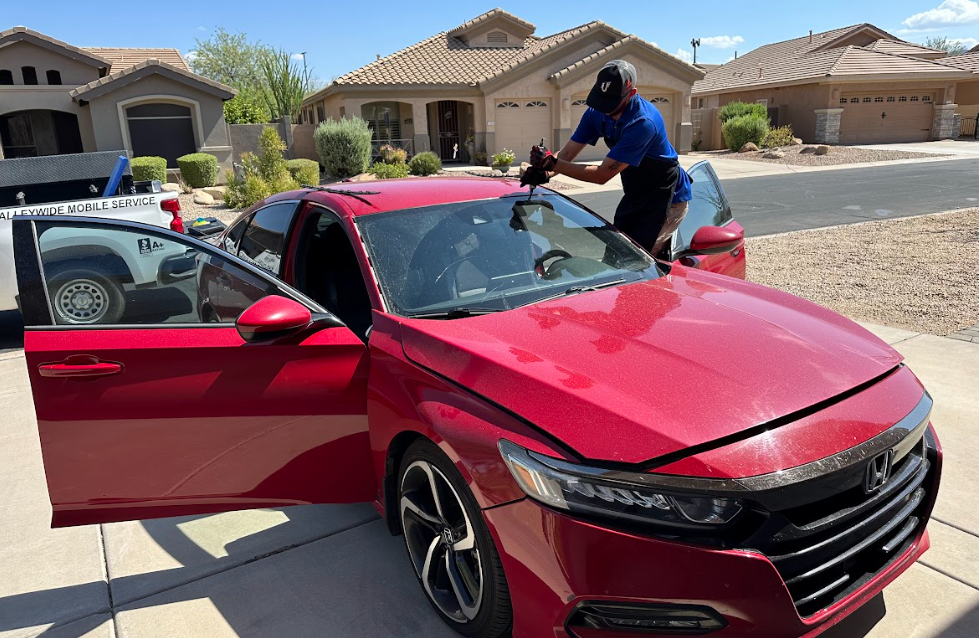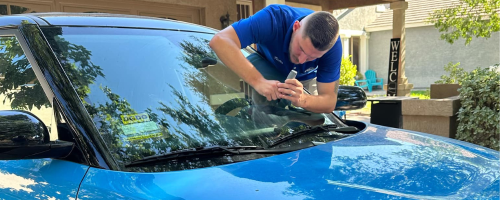Tyre punctures can be frustrating and inconvenient, especially at unexpected times or in remote locations. However, knowing different methods of fixing a tire puncture can save you time, money, and the hassle of waiting for roadside assistance. This comprehensive guide will explore techniques for selecting a tire puncture, from DIY methods to professional solutions. Whether you’re a seasoned driver or a novice, understanding these methods will empower you to handle punches confidently and get back on the road quickly.
Tyre punctures can occur for various reasons, including sharp objects on the road, potholes, overinflation, or underinflation of the tires. Nails, screws, and broken glass are common culprits that can lead to punctures. Understanding the causes can help you take preventative measures and avoid future holes.
Common Signs of a Tyre Puncture
Recognizing the signs of a tire puncture is crucial for prompt action. Some common indicators include a sudden loss of air pressure, difficulty in steering, vibrations, and unusual noises while driving. If you notice any of these signs, you must check your tires and assess the situation promptly.
Different Types of Tyre Punctures
Tyre punctures can occur in different areas of the tire, such as the tread, sidewall, or shoulder. Each type requires a specific approach for repair or replacement. Tread punctures are more common and can often be fixed, while sidewall or shoulder punctures usually necessitate tire replacement due to safety concerns.
Temporary Fixes for Tyre Punctures
Using Tyre Sealants
Tyre sealants are a popular temporary fix for small punctures. These products are typically injected into the tire, sealing the hole and preventing air leakage. The sealant is distributed evenly when the wheel rotates, effectively covering the damaged area. It’s important to note that tire sealants are temporary solutions and may not work for larger punctures or sidewall damage.
Inserting a Plug or Patch
Plugs and patches are widely used for repairing small to medium-sized punctures. Pins, often made of rubber or synthetic materials, are inserted into the punch from the outside, filling the hole and sealing it. Conversely, patches are applied on the inner side of the tire, covering the punctured area. These methods can provide effective temporary repairs, but they should be used cautiously and replaced with permanent solutions as soon as possible.
Temporary Repair Kits
Temporary repair kits, commonly known as puncture repair kits, are portable and convenient solutions for emergencies. These kits usually include tools like plugs, patches, rubber cement, and a tire inflator. When used correctly, these kits can temporarily seal punctures and allow you to drive to a nearby service station for a more permanent fix.
Permanent Solutions for Tyre Punctures
Removing the Tyre for Repair
In some cases, removing the tire from the wheel may be necessary for a thorough repair. This method is typically employed for larger punctures, sidewall damage, or when temporary fixes are not feasible. After removing the tire, the punctured area is carefully examined, and the appropriate repair technique is applied. This method ensures a more comprehensive and durable solution, especially for severe punctures.
Vulcanizing the Inner Liner
Vulcanizing is a widely used method for permanent tire repair. It involves applying a chemical compound to the tire’s inner liner, which creates a strong bond and seals the puncture. The vulcanization process requires specialized tools and expertise, making it suitable for professional repair shops. Vulcanized repairs provide a long-lasting and reliable solution, ensuring the tire’s structural integrity.
Professional Patching and Plugging
Regarding significant punctures or sidewall damage, it’s best to rely on professional patching and plugging services. Trained technicians use specialized equipment and materials to repair the damaged area effectively. This ensures a high-quality repair that meets industry standards and ensures optimal safety on the road. While professional services may come at a higher cost, they provide peace of mind and a long-lasting fix.
Replacing a Damaged Tyre
When to Replace a Punctured Tyre
In certain situations, it may be necessary to replace a punctured tire instead of attempting a repair. Factors such as the size, location, and severity of the puncture, as well as the age and overall condition of the tire, should be considered. If the hole is too large on the sidewall or the tire is old and worn out, replacing it for safety is advisable.
Understanding Tyre Tread Depth
Tire tread depth plays a crucial role in determining the safety and performance of your tires. It’s essential to regularly inspect the tread depth and ensure it meets the legal requirements in your region. Additionally, a deeper tread provides better traction, especially in wet conditions. If your tires are nearing the legal tread depth limit or are unevenly worn, it may be an excellent time to consider replacing them.
Choosing the Right Replacement Tyre
When replacing a damaged tire, selecting the appropriate replacement that matches your vehicle’s specifications and driving needs is essential. Factors to consider include tire size, load capacity, speed rating, and tread pattern. Consulting your vehicle manufacturer’s recommendations and seeking advice from tire professionals can help you make an informed decision.
Preventing Tyre Punctures
Proper Tyre Maintenance
Regular tire maintenance is critical to preventing punctures and ensuring optimal tire performance. This includes maintaining the correct tire pressure, inspecting tires for signs of wear and damage, rotating tires regularly, and aligning the wheels correctly. By following these practices, you can significantly reduce the risk of punctures and prolong the life of your tires.
Driving Habits to Avoid Punctures
Certain driving habits can increase the likelihood of experiencing a puncture. Avoiding debris on the road, driving at safe speeds, and maintaining a safe distance from vehicles ahead can reduce the chances of encountering sharp objects or road hazards. Additionally, being cautious while parking and avoiding curbs or obstacles can help prevent sidewall damage.
Installing Tyre Pressure Monitoring Systems
Tyre pressure monitoring systems (TPMS) are valuable real-time tire pressure monitoring tools. These systems use sensors to alert you if the tire pressure drops below the recommended levels, indicating a potential puncture. Installing a TPMS can detect early holes and allow you to take necessary action before the situation worsens.
Conclusion
Dealing with a tire puncture can be inconvenient, but knowing the different methods of fixing a tire puncture empowers you to handle such situations effectively. From temporary fixes to permanent solutions, there are various approaches depending on the severity and location of the hole. Remember to prioritize your safety and consult professionals when needed. By practicing proper tire maintenance and adopting safe driving habits, you can reduce the risk of punctures and enjoy a smooth and worry-free driving experience.




























